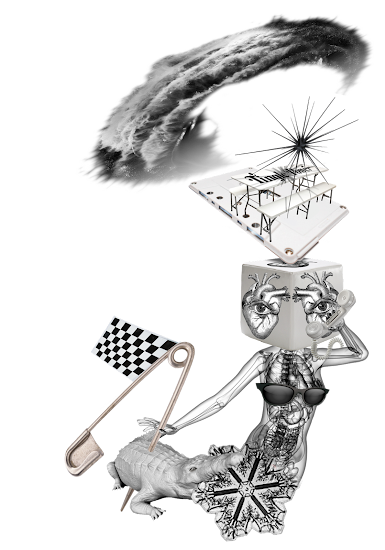There is a distinction (a valuable one) to be made between a Starling and a Grackle. Many, who maintain a bird feeder between stick season and mud season, know what I mean.
Starlings are aggressively-assertive or assertively-aggressive bullies, and are—relative to most other songbirds—unattractive, in their tweedy speckled brown; but their unique quality of songs and calls are both distinct and wonderfully melodious.
Grackles proudly glide thru branches to gracefully wait their turn, and they are beautifully sleek with iridescent blue-to-black sheen (visible close-up in direct sunlight); but they only possess a limited and unimaginative volley of calls without melody.
Vermont's Stick Season begins after all the colorful leaves have fallen and ends with the first Autumnal snowfall (usually between mid-October and early December). Snow-melt combined with Spring rains causes Mud Season, which ends when Spring's flowers begin to bud; timing varies with ground thaw, but usually it begins late-February or March and ends mid-April (occasionally as late as May).
The reason for the regional seasonal distinctions are simple: In the mind of many Vermonters—Summer, Autumn, Winter and Spring are all beautiful—however, Mud Season and Stick Season are less-so or not at all.
I take down bird and critter feeders after Mud Season and put them back up when Stick Season arrives as the seeds, bugs, and natural food sources become scarce. The exception is a Hummingbird feeder, which goes out after the last night-freeze of Spring and comes down before the first night-freeze of Autumn.
In a similar-but-different routine: I remove the MEDITATION sign from my front door after I finish. Although—because of headphones—I wouldn't hear a Grackle ring the bell or a Starling shout, pound, and rattle the knob. I do it to be conscientious of those who might-possibly, "see a car, know I'm home, don't find me in the yard with the cats, and become unnecessarily concerned".
more:

.jpg)






































No comments:
Post a Comment